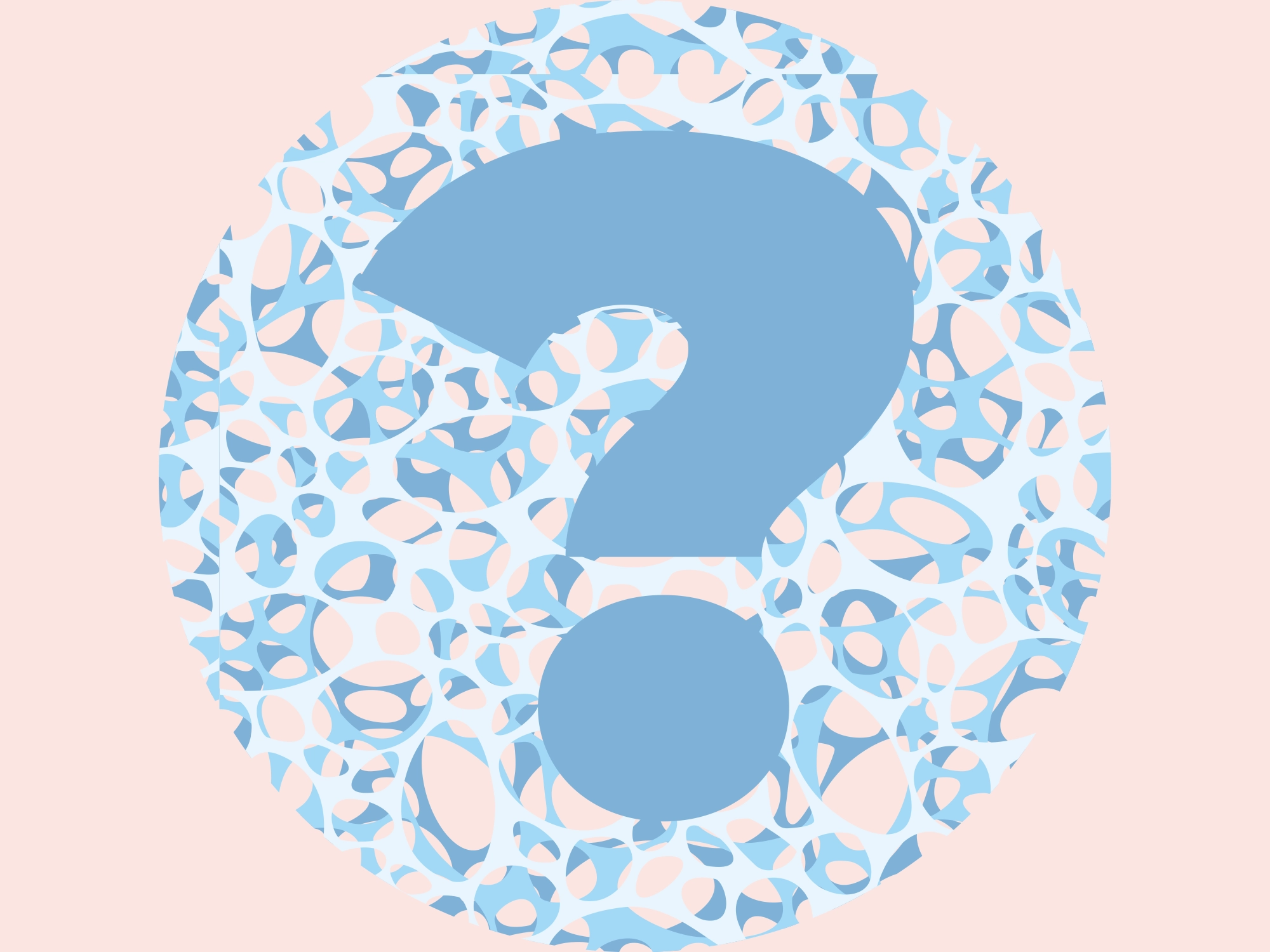To provide services at the highest level, we use cookies. Using the website requires you to choose settings related to their storage on your device. If you want to know what each type of cookie is used for, click the Details button below.
The phenomenon of kaltschaum...20 marca 2024 |

Cold foam, known as polyurethane foam, is a synthetic material that has gained popularity over the past few decades, especially in the mattress industry. Its name comes from the German language, where kalt means cold and schaum means foam, translating to cold foam. However, this term refers only to the process of making cold foam, not to the temperature of the foam itself.
The whole story of cold foam dates back to the 1950s. That was when there was a strong experimentation with new materials and technologies related to mattress production. The development of polyurethane foam technology that occurred in that period significantly influenced the industry. The first foam mattresses appeared, which were an alternative to wool, cotton, or springs, i.e., old-generation fillings that lacked functionality. Cold foam, created by the Germans, also gained popularity, owing to its unique properties. These include high elasticity and breathability, as well as conforming to the body's shape. Therefore, cold foam represents a breakthrough in terms of comfort and hygiene of sleep.
In the past, the production process of cold foam was costly and complicated. This made it a luxury foam, available to a narrow group of consumers. However, over time, thanks to technological improvements and production optimization, high resilience foam has become more accessible. Currently, the price of HR foam still exceeds the price of others, but it is significantly lower than it was decades ago.
Cold foam is simply high-resilience foam. It's a material used in mattress production that features an open cell structure. This provides better air circulation compared to traditional foams, resulting in higher breathability and moisture wicking. Therefore, mattresses made from cold foam are more hygienic and offer a comfortable sleep with better support.
High-resilience foam, or cold foam, differs from traditional foams mainly in its cellular structure. Cold foam has an open cell structure, allowing for better airflow and moisture wicking. On the other hand, traditional foams have closed cells, which can lead to heat and moisture accumulation and even cracking. Moreover, high-resilience foam is more flexible and durable, offering better support and a longer lifespan for the mattress.
Yes, cold foam is another name for high-resilience foam, denoted by the letters HR. The term cold foam comes from German and is often used by manufacturers who want to stand out. They use the German-sounding name of the foam for marketing purposes. Despite different names, it's always cold foam, characterized by high dynamics, open cells, and excellent durability.
Cold foam excels in mattresses, offering users a range of benefits. Thanks to its breathability, it provides a cool and comfortable sleep. The elasticity of HR foam ensures substantial body support, reducing pressure points and offering optimal comfort. Mattresses made from cold foam are also durable and resistant to deformation, making them a cost-effective choice for years to come.
Cold foam, or kaltschaum, boasts several properties important to consumers. It provides even body support and long-term durability. It enables efficient air circulation and moisture wicking, contributing to a hygienic sleeping environment. It's a material friendly for allergy sufferers, preventing the development of allergens, including dust mites. Available in various densities and firmness levels, it allows for the optimal design of a mattress. Mattresses made from cold foam are an excellent choice for those seeking a comfortable, healthy, and rejuvenating sleep.